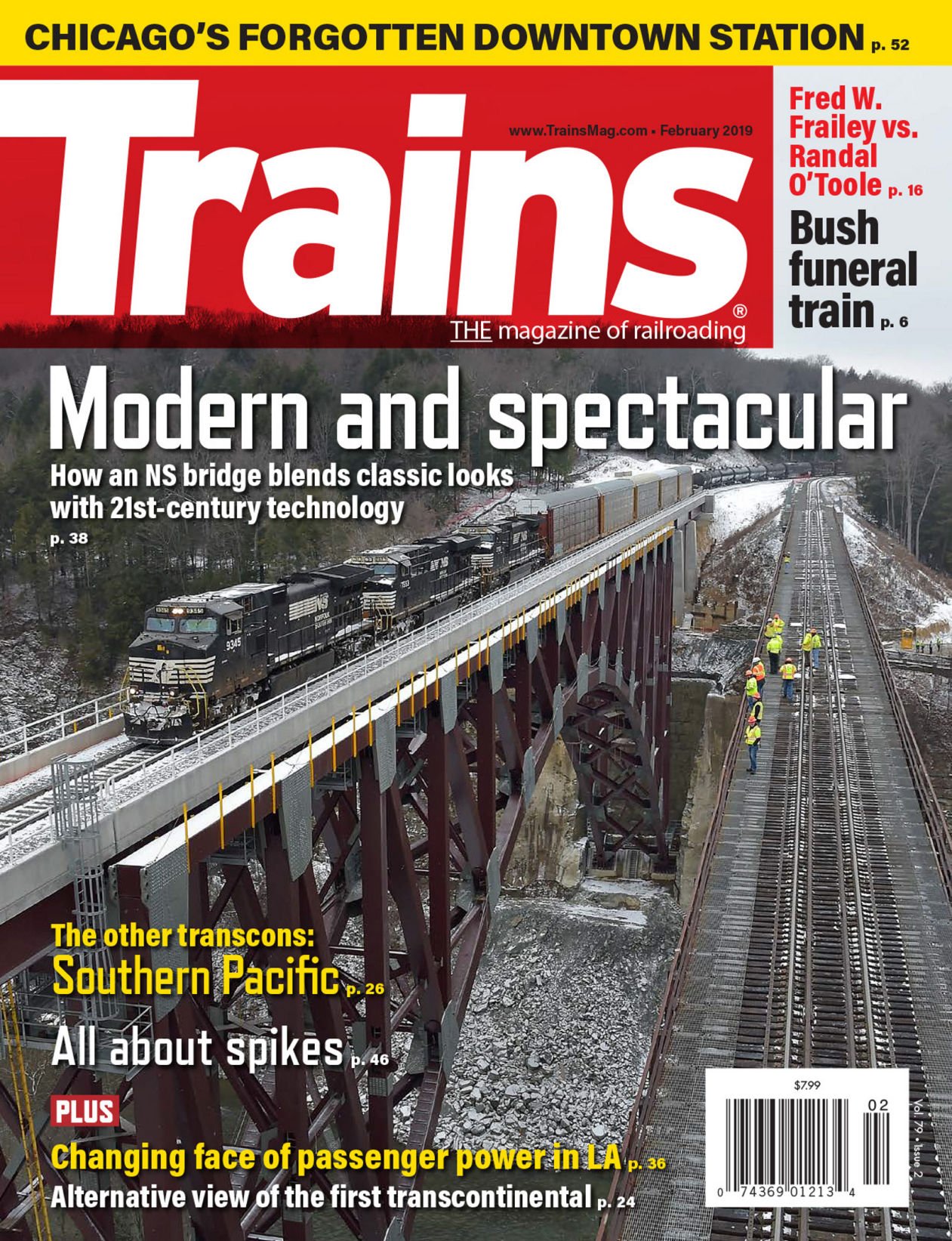

Here we are standing near the west end of the bridge, looking east toward Portage Station. The name "Horse Shoe Falls" was sometimes used for the Upper Falls.Ībove Right: This image by Frank Hewitt of Nunda was taken on top of the Iron Bridge. You can see the before and after of this removal process in some of the photographs above. Note that two of the unused piers from the wooden bridge were in the process of being removed when the photograph was taken. There are some differences though - the stairway just beyond the bridge leading up the bank is gone and the footer or pier on the far side of the river has been enlarged and strengthened with concrete. Finished in 1931, the ornate concrete arch bridge faced with white granite sees about 75,000 vehicles. It is a view many modern visitors have seen as they walked the path from the picnic grounds up to the Bridge. The beautiful Veterans Memorial Bridge carries Route 104 over the Genesee gorge in Rochester. This card is postmarked September 1906 though the image would be earlier.Ībove Left: This view was published as part of a stereoview by W.L.

The bridge was further strengthened during World War II. The scaffolding visible on the bridge may be part of the 1903 work when about 260 tons of iron were replaced with steel. Right: This early postcard reminds us that the Iron Bridge has undergone several extensive upgrades. In later years the face of the cliff below the bridge would be reinforced with a concrete mixture. Walker was taken from Portage Park looking toward the west end of the bridge. See Images 190, 139, and a 1902 railroad map for more details.Ībove: This view by L.E. With the Cascade House and train station nearby this general area known as "Portage Park" was popular with tourists. As you can imagine, this is an impressive view in the stereoscope! It is similar to Image 157, but taken later after construction debris has been cleared. This is from a stereoview by Frank Hewitt of Nunda.Ībove: A group of men pose underneath the east end of the "new" Iron Bridge in this image taken by Walker probably in the late 1875 or 1876. See Image 162 and Image 190 for similar views and discussions of the features on the far bank. The canal is gone, replaced by the Pennsylvania Railroad. Right: This view, looking in the same direction, was taken perhaps 20 years later by Frank Hewitt of Nunda. (The gentleman's hat marks the canal) The photograph was probably made soon after the new bridge was completed.

The Genesee Valley Canal is visible a the base of the far cliff. Walker stereoview, was taken under the west end of the bridge looking toward the east end. Soon dubbed the "Iron Spider Bridge", the Bridge's seemingly frail form, after a couple of major overhauls, would last nearly 143 years.Ībove: This image, part of a L.E. The charred remains of the original wooden bridge that burned the previous May are still visible in the river bed, but it is the new iron trestle which has caught the visitor's attention. Walker of Warsaw was probably taken in the early fall of 1875.


 0 kommentar(er)
0 kommentar(er)
